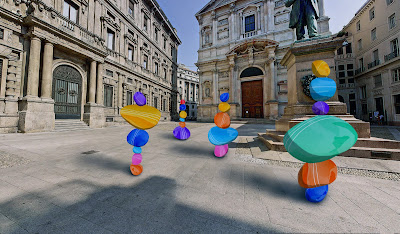 |
| Source: ASIDE 2019 Larger PDF Image |
Our students often ask us, "Why we can't end hate?" We only wish we had a definitive answer. It's not hard to discuss what we can do to help, but it's not easy when the adults constantly demonstrate the opposite. Instead of adults doing everything they can to diffuse the spread of hate through the media, they fuel the fire of hate that often leads to appalling violence. It is no wonder that since the presidential election of 2016, the rise of hate and bias in schools has increased.
A special report called "Hate At School 2018" from Tolerance.org shows that schools are faced with challenges now more than ever. The study tracked hate and bias incidents for over a year; the data is a grim reminder of their pervasive rise in our schools. The incidents reported range from elementary to secondary school, both on and off campuses, and in all 50 states. Unfortunately, the news reports of these incidents is "only the tip of the iceberg."
 |
| Source: ASIDE 2019 Larger PDF Image |
Education and schools need to be vigilant about matters of inclusion. We need learners who aspire to be empathic, who understand that diversity is fundamental, and who accept that being different is a choice.
Our hope as we start the new school year is to keep these aspects in mind as we go about our routines, rituals, and traditions.
For more information, please see:





























